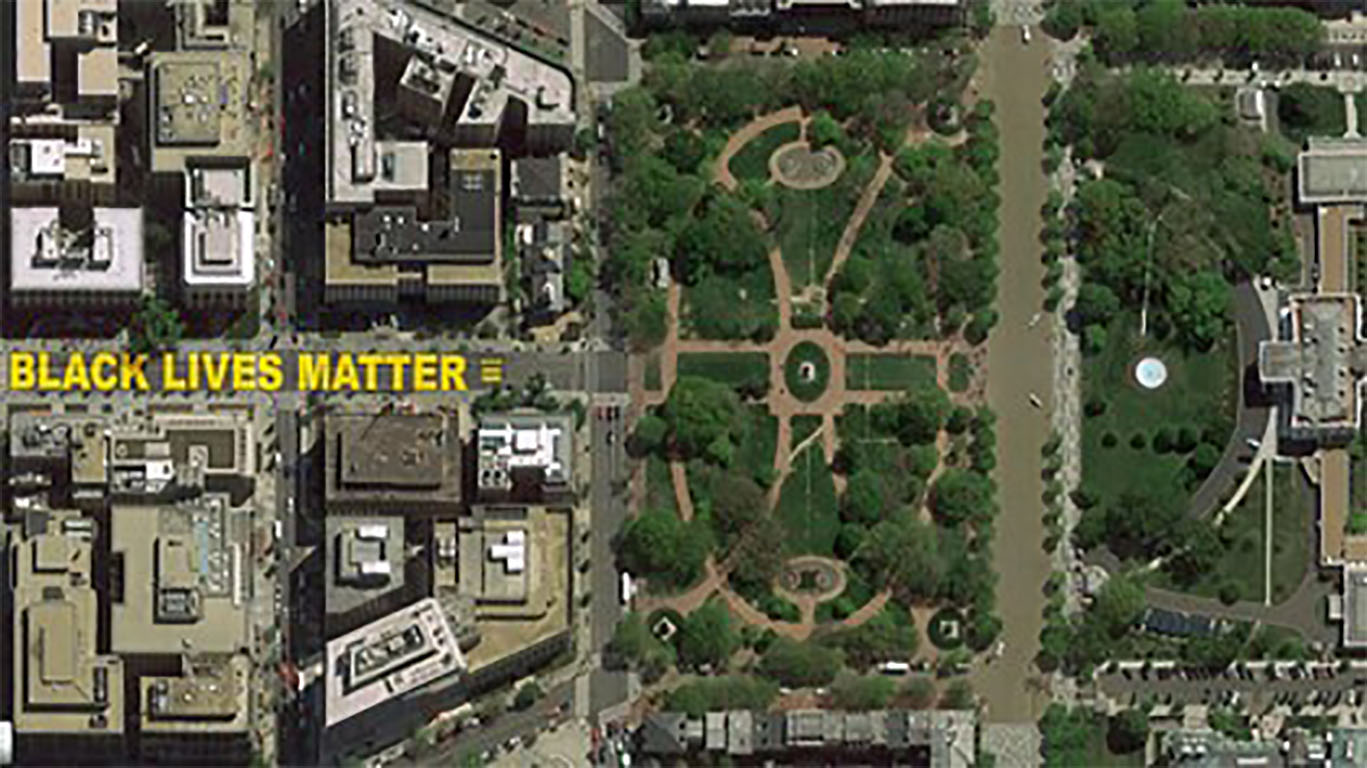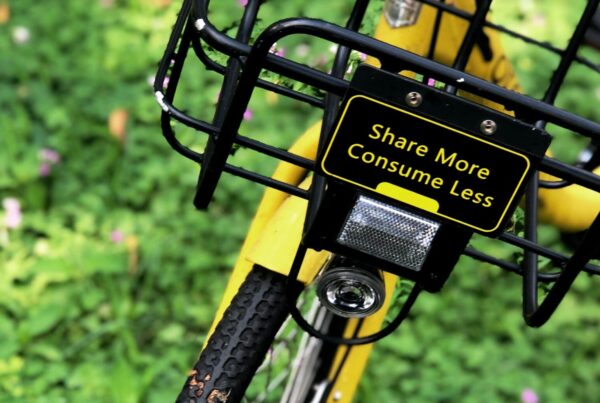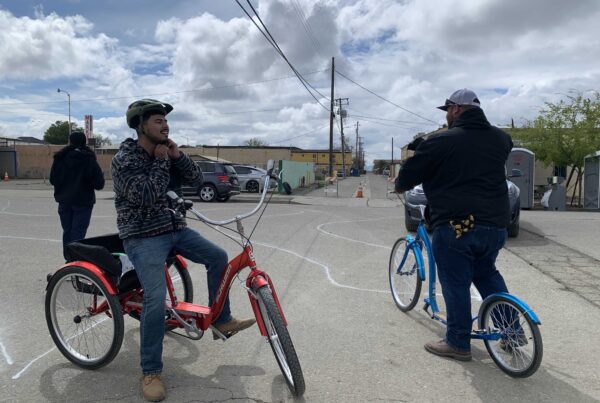When 2020 began, preparations for the 2020 National Shared Mobility Summit were in full swing. It was with great sadness that in light of the then-growing COVID-19 pandemic, we had to cancel the in-person conference and expo. Our Summit—which has become the premier event for discussing and advancing new ideas in shared mobility, bringing together private and public sectors, and networking with industry leaders and associates—could not physically take place.
We quickly pivoted to a virtual event and with great trepidation and determination, we held our two-day event a month later on May 5 and 6. Leading up to it, we also held a workshop and two webinars based on our previously planned plenaries. How did it go? Our survey results were very positive about the content and format and we came away with new ideas about how to improve mobility as well as how to hold successful virtual gatherings.
We updated the themes of our virtual Summit to reflect this critical time; we looked at what the new normal in transit might be, and how we can provide the best mobility options in a difficult economy with continually changing travel needs and expectations. We hope that our findings lead to more ways to work together to address critical mobility needs while actively reversing systemic racial injustice, economic challenges, and environmental degradation.
We are planning to keep the conversation going throughout the next 12 months with monthly virtual gatherings—a mix of workshops, webinars, and issue-focused discussion groups. We want to make sure we are expanding our community and giving voice to those that may have been underrepresented in the past. While we speak to the importance of community engagement and needs assessments, we need to live that in the way we examine the essentials of transportation. We are all learning how to work differently in order to successfully reshape transportation to focus on the vision of a multi-modal transportation system that truly works for all.
Take a look at our initial findings, add your comments on our slack channel, and join the conversation. These takeaways, my own and the result of shared insight and strategies, are meant to be acted on, not just considered, right now.
ADDRESS INEQUALITY HEAD ON
COVID-19 exposed the massive inequality and income gaps built into US communities. Low-income neighborhoods, often communities of color, which are located near air and other toxic pollutants, that lack access to fresh food and quality healthcare, and whose residents have low-wage jobs in retail, health care, service, and warehousing have seen higher rates of the COVID-19 virus.
In her opening speech, the Chicago Department of Transportation Commissioner Gia Biagi referred to the Chicago citywide population as, “the human infrastructure.” Neighborhoods that are unequal in terms of economy and health must be prioritized, invested in, and developed. There are no “metrics of equity” as Biagi stated, but through a combination of local outreach and systematic thinking, we must finally start giving everyone the same opportunity to live well.
THIS IS A MOMENT FOR BIG IDEAS
Denny Zane, Executive Director of Move LA, implored the group attending the State and Local Climate Policy session to think about solutions. Citing his long experience in politics, he said, “fortune favors the bold”, that sometimes “it’s easier to do big things than smaller ones”, and that “voters want solutions, not just a list of projects”. And Denny, former Mayor of Santa Monica, California should know. He was the mastermind behind the successful ballot initiative in the city that created a pot of $120 billion to enhance and modernize LA County transit infrastructure over 40 years. He then shared with us the Move LA Vision to pass a Statewide measure allotting $125 billion over 30 years to counteract climate change by creating green jobs to transform the State economy and meet carbon reduction targets—and followed up with practical details and an implementation plan.
WE MUST OVERCOME AGENCY SILOS AND OUTDATED THINKING
Nothing lasting can be accomplished with blinders on. The first step to doing what has not been done before, or pushing through strategies that need to be tried, is broadening our perspective and working together to accomplish our goals. Agencies are defined in title and often in practice, and this takes the shape of one building highways and the other operating transit, yet another managing the streets and another regulating bikeshare. We need an overarching policy to ensure transparent communication, if not cross-collaboration, and at the minimum to prevent departments from working to counteract each other.
SCALE-UP CLEAN, AFFORDABLE, ELECTRIC, AND SUSTAINABLE OPTIONS
Clean mobility can improve the environment and the economy—right now. This powerful truth reverberated as Mary Nichols, Chair of the California Air Resources Board (CARB), gave the opening address on May 6. Rarely in our nation’s history have we had the chance to truly rewrite the transportation paradigm, and in doing so revive an economy desperately in need of new jobs at every level and throughout all regions. The Shared-Use Mobility Center is working to develop clean, shared, and electric mobility in disadvantaged communities in California, through CARB’s Clean Mobility Options program. Learn more on our site.
TRANSIT NEEDS FUNDING, WE NEED POLICY AND WILL
Transportation is the number one source of CO2 emissions in the United States. There is no other way to ensure the livability of our environment than by addressing the main reason we are destroying it: we must take more cars off the road. The most practical way to do this is through public transportation. Stringent sanitation measures can help ensure the safety of mass transport, yet money is spent, disproportionately, on highway spending. We have to push what we know works at the federal level. Insist on accountability at the state and local level. Serve health, safety, and mobility needs in an environmentally sound way. Buying a broken-down automobile should not be the best solution to get out of poverty.
TRANSIT: RETHINK PRIORITY ROUTING AND FREQUENCY
Cities, for the most part, were designed when people worked downtown and lived in surrounding neighborhoods. People spread out over the years into suburbs and nearby towns, and due to the ongoing COVID-19 pandemic, stay-at-home orders have eliminated rush hour as we know it—and this isn’t a short-term phenomenon.
Studies point to increased numbers of people continuing to work from home in a post-pandemic environment. Reduced transit needs during peak hours are coming and we can use these resources, limited as they may be, to allow for more frequent and expanded transit coverage of buses and trains throughout the day. We can increase ridership by focusing on the quality of service.
CREATE LOCAL MOVEMENT FOR ACTIVE TRANSPORTATION
It is good for social distancing and physical health. It saves on gas and helps save the environment. It is accessible to all income levels. For these and many other reasons (including the sheer joy of movement outside in a lockdown), active transportation (biking, walking) has skyrocketed. We can further encourage what has started with the right infrastructure, ample sidewalk space, and plentiful bike and scooter lanes. Let’s make our public way work for all.
FREIGHT AND GOODS DELIVERY IS PART OF THE EQUATION
In the early afternoon of May 5, we held a breakout session with Koloni, Uber Freight, the University of Washington-Urban Freight Lab, the Seattle Department of Transportation, and Bosch eBike Systems. The discussion focused on an element of the mobility system that has become part and parcel of daily pandemic life: freight and goods delivery.
Following the process through the supply chain, panelists discussed ways it can be made more efficient and sustainable, from technology to reduce deadheading for freight, to e-bike last-mile delivery, to common carrier lockers. Overall, it showed the importance of goods delivery and those who deliver them in the shared mobility sector, especially in the post-COVID world.
WHO OWNS THE MULTIMODAL LANDSCAPE? WHO SHOULD?
While we are still headed toward more integration of all the modes, changes in consumer behavior are shifting the modal mix. With private car use on the rise, solo rideshare bookings down, and shared options virtually nonexistent, it remains to be seen what will be temporary and what will be long-term effects of the pandemic.
Multimodal investments indicate that the largest companies are widening their portfolio of services as the industry consolidates. On-demand services are on the rise as a transport for essential workers and as a possible alternative to low-ridership transit routes. As mobility business models change, we have to work out how this is done on the public vs the private side and ensure that the public interest is paramount while including a variety of providers.
MAKE OUR STREETS WORK FOR EVERYONE
Our roads are central in our fight for racial justice and to combat climate change. While we are finally opening some streets to pedestrians and cyclists and closing them for most vehicles, we also need immediate action to ensure that streets are safe for people of color. We can, as a country, no longer invest in highways at the expense of more sustainable forms of transportation with the knowledge that doing so continues to segregate and cripple communities of color as much as it renders us powerless against the devastating climate crisis. Mobility for all necessitates streets for all. That is our charge.
Washington DC Mayor Murial Bowser renamed the street in front of White House ‘Black Lives Matter Plaza’ and D.C. artists painted the words on a street mural stretching over two blocks.




